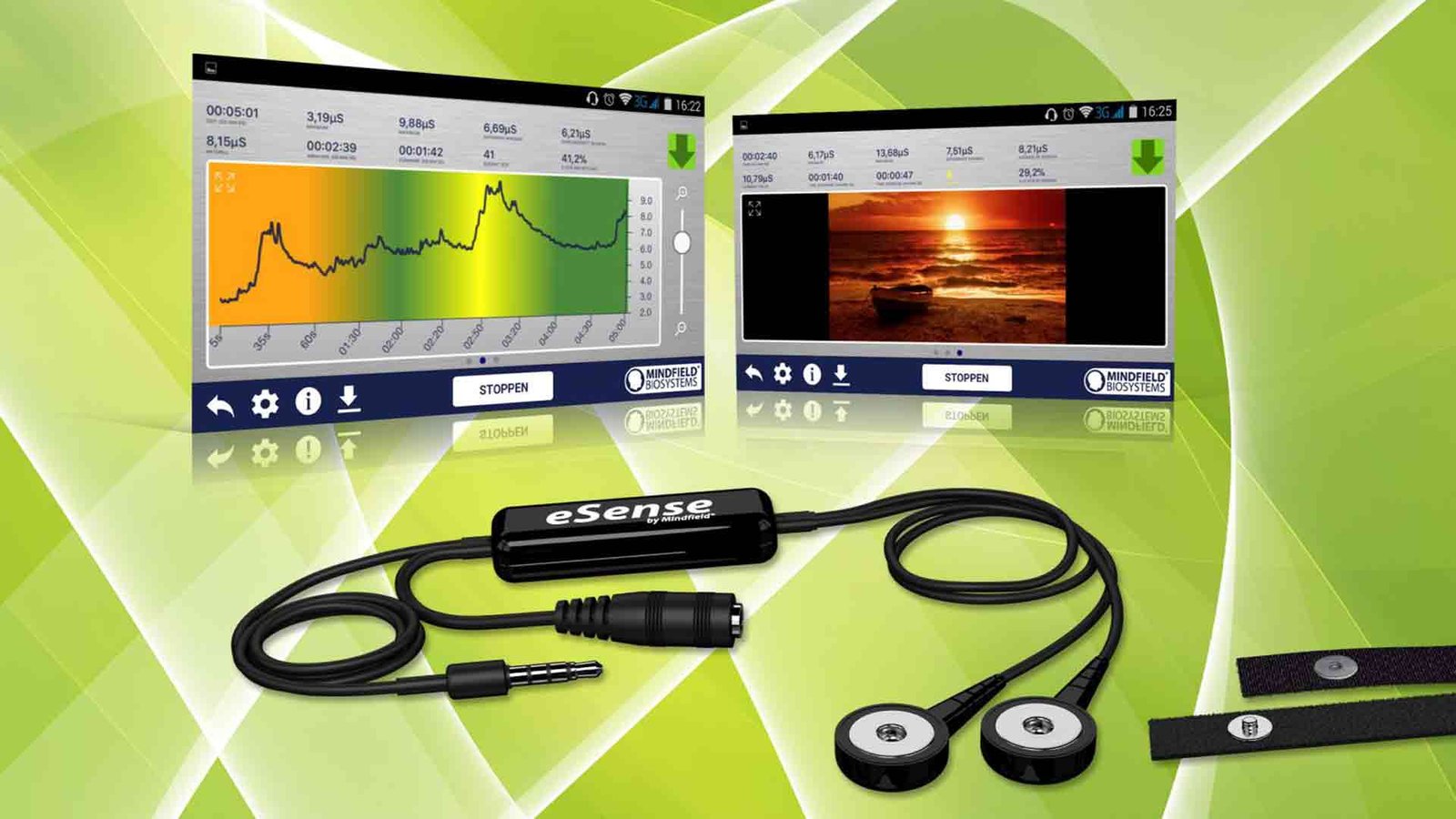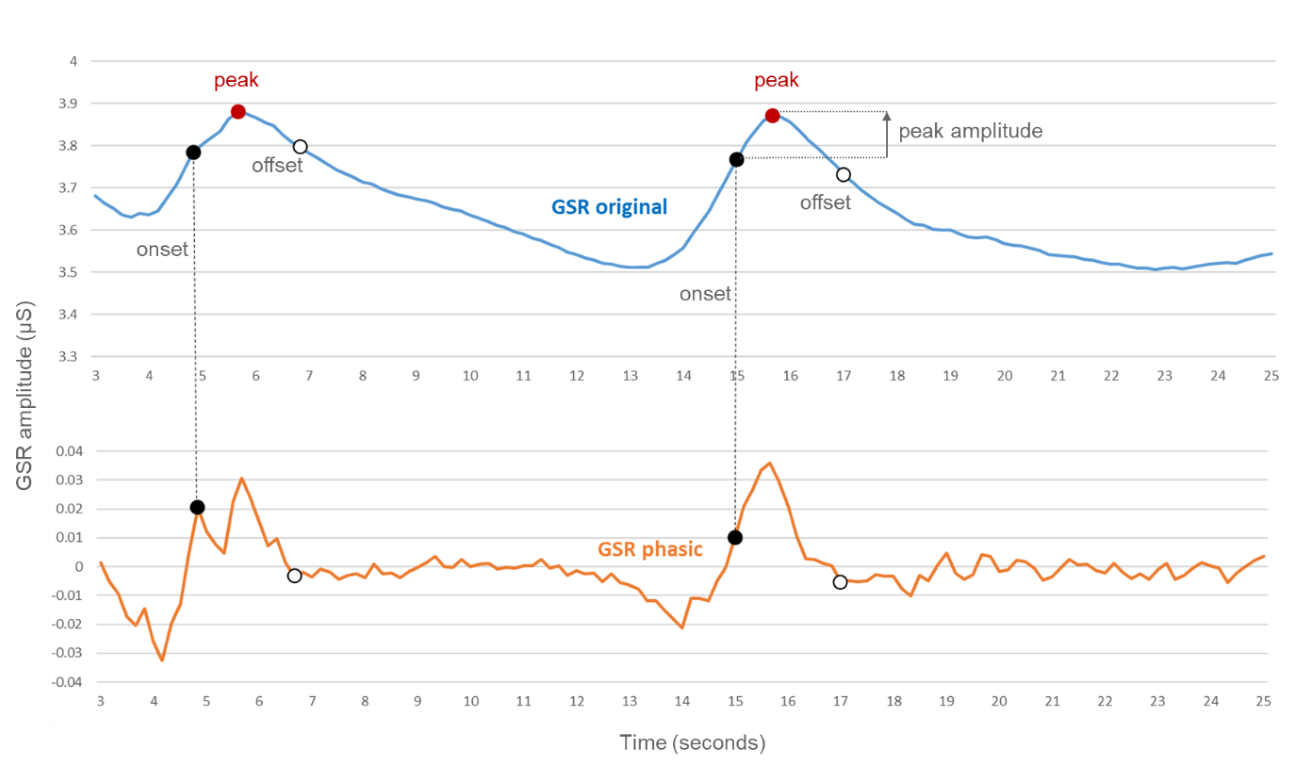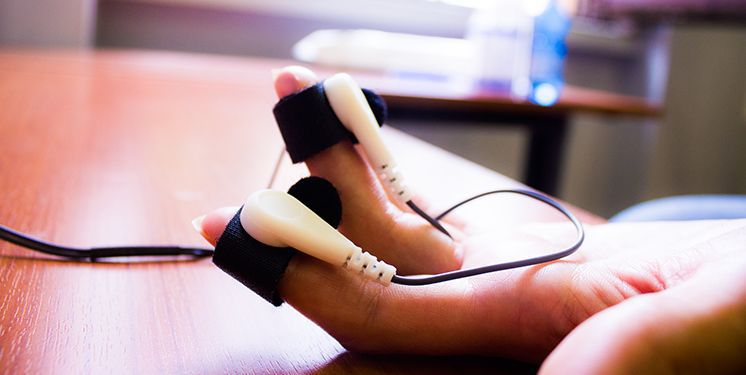
- GALVANIC SKIN RESPONSE MEASUREMENT DEVICE SKIN
- GALVANIC SKIN RESPONSE MEASUREMENT DEVICE PROFESSIONAL
- GALVANIC SKIN RESPONSE MEASUREMENT DEVICE SERIES
The remaining part of the paper is structured as follows.
GALVANIC SKIN RESPONSE MEASUREMENT DEVICE SKIN
Our study assesses the parameters heart rate (HR), inter-beat interval (IBI), and galvanic skin response (GSR). The second aim of this research is to detect and quantify relationships and dependencies between pairs of the same and different physiological parameters measured by different sensors. To evaluate the accuracy of the low-cost sensors, we perform benchmark testing between low-cost sensors against high-quality and well-calibrated sensors that act as the trusted gold standard.
GALVANIC SKIN RESPONSE MEASUREMENT DEVICE SERIES
Concretely, we are interested in the similarity and correlation of univariate time series from two different sensors that measure the same physiological parameters at the same time on the same participant. In the context of this research, we aim to investigate the measurement quality of two wearable sensor devices, namely the Zephyr BioHarness 3 and the Empatica E4, by comparing their measurements to those of calibrated laboratory sensors. However, recently, some wearable sensors have been released that are certified and comply with a number of international standards (sensor technology, wireless communication, data transmission, etc.), which makes them a viable alternative to traditional wired equipment.

In fact, most of them are not medically and/or electronically certified, which compromises the reliability of the measurement results.
GALVANIC SKIN RESPONSE MEASUREMENT DEVICE PROFESSIONAL
Understanding a sensor’s quality and accuracy is critical because the research results may otherwise be unreliable: while traditional professional wired sensor devices, which have been used for some time in laboratory and ambulatory studies in the fields of psychological and medical research, are proven to be highly accurate, most wearable sensors used in previous studies are not. However, some research efforts have used wearable physiological sensors without prior investigation of the sensor’s exact quality parameters, i.e., how accurately a sensor actually measures a given parameter or how reliable a sensor is in producing continuously high-quality measurement results.

These new low-cost wearables are increasingly used in scientific studies in a variety of areas like health research, well-being assessment, disaster management, emotion information extraction and spatial emotion analysis, and stress detection. With this increase, the “Quantified Self” community that promotes the idea of 24/7 tracking and monitoring has been growing significantly. One reason for this is the rapid increase in variety of affordable wearable sensors that measure a broad range of physiological parameters such as heart rate, galvanic skin response, skin temperature, and others. In the last decade, the body of literature about physiological sensing and deriving emotions from physiological parameters has grown significantly. We conclude that the benchmarked wearables provide physiological measurements such as heart rate and inter-beat interval with an accuracy close to that of the professional high-end sensor, but the accuracy varies more for other parameters, such as galvanic skin response. Measurement of galvanic skin response, which is a more delicate undertaking, resulted in lower, but still reasonable correlations and similarities. The results of our benchmarking show that cardiovascular parameters (heart rate, inter-beat interval, heart rate variability) yield very high correlations and similarities. These three sensors simultaneously measured the physiological parameters such as heart rate and galvanic skin response, while the participant was cycling on an ergometer following a predefined routine. Each participant was equipped with one high-quality laboratory sensor and two wearables. We evaluated this framework based on a study with 18 participants. We therefore developed a benchmark framework for physiological sensors that covers the entire workflow from sensor data acquisition to the computation and interpretation of diverse correlation and similarity metrics. In this paper, we demonstrate an approach to quantify the accuracy of low-cost wearables in comparison to high-quality laboratory sensors. That said, how accurate are such measurements compared to measurements from well-calibrated, high-quality laboratory equipment used in psychological and medical research? The answer to this question, undoubtedly impacts the reliability of a study’s results.

A variety of scientific studies are based on physiological measurements from such rather low-cost wearables.

Wearable sensors are increasingly used in research, as well as for personal and private purposes.


 0 kommentar(er)
0 kommentar(er)
